The landowner and custodian Dr CS Agarwal started this project with the intention of ‘creating a forest’ as a form of ‘service to nature’. In the first 6-7 years he planted many exotic species, including an amla plantation. Most of these exotics struggled to survive in this soil and perished. He then got in touch with us in 2019 to help him restore the land. We carried out a survey of the vegetation and have been collecting seed and planting since our first monsoon on the site. We’ve learnt and grown along with the vegetation on the land. Our first year, we planted mainly trees and a few woody shrubs. Field trips to surrounding wild areas and farther west taught us that shrubs and grasses play a much larger role than trees in such an ecology. In our second year, we focused primarily on planting woody and herbaceous shrubs and grasses. As we enter the third year of planting, we’re excited about the annual wild flowers, grasses and desert shrubs we’ll be putting in the ground this year. The plants are in place and it’s only a matter of time before the landscape goes ‘pop’ and becomes visibly transformed.
Our site consists of a sandy bank abutting a stretch of low Aravalli hills running north to south. Government records assign this area as a ‘sandy plain’ of ‘aeolian’ origin but the maps are too vague to confirm this about our specific site. Our soil is a mix of sand and silt washed down from the abutting hills. The hill above our land is heavily mined and has slowly been worn away by dynamite, hammer and chisel in front of our eyes. Every now and then, rock projectiles careen onto the western edge of the land, sometimes damaging our plants. The ecology consists of elements from both, the sandy plains of western Rajasthan and moister northern Aravalli hill forests. We’re growing a number of “roee” plants — species typically from the shrublands of the Thar. These include bui (Aerva javanica & A. pseudo-tomentosa), senio (Crotalaria burhia), kheemp (Leptadenia pyrotechnica), Sericostoma pauciflorum and many others. We’re also growing grasses especially adapted to the sandy desert like murat (Panicum turgidum) and sevan (Lasiurus sindicus). We were especially fortunate that we had Kishanbagh closeby, a mature restoration site with similar site conditions. This served as a site analogue for us to mimic, especially since our project budgets didn’t allow for extensive field trips farther into the desert. The Kishanbagh nursery also provided us plant material, seed, and know-how. We benefited greatly by applying a technique they developed called ‘seed-bearing soil’ — collecting small amounts of soil ‘impregnated’ with seed from intact or semi-intact wild areas. This has borne surprising results for us.
We are still quite a bit away from seeing Dr Agarwal’s ‘forest’ emerge, but we know that we’re on the right track, at least the plants seem to be whispering this to us.

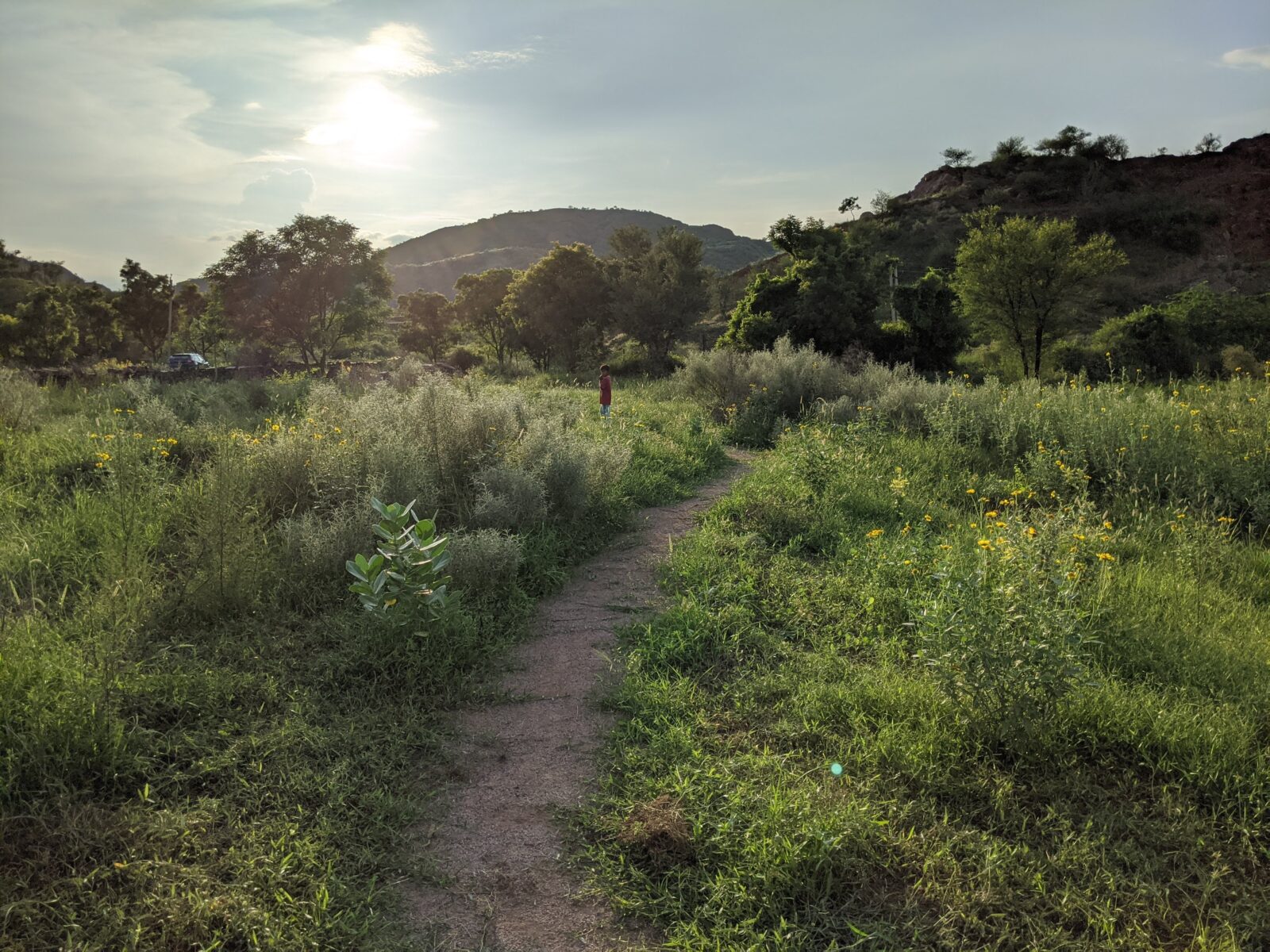


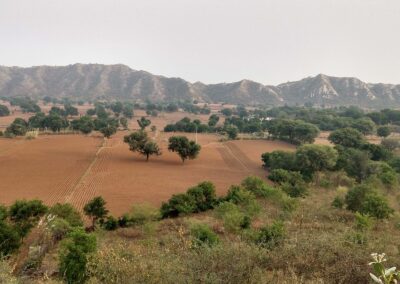
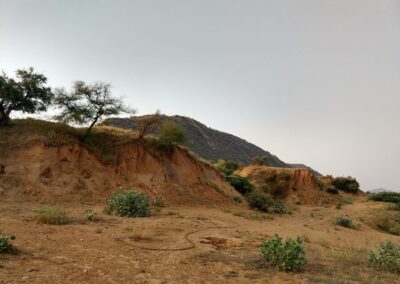
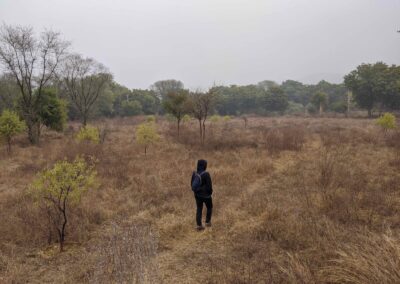
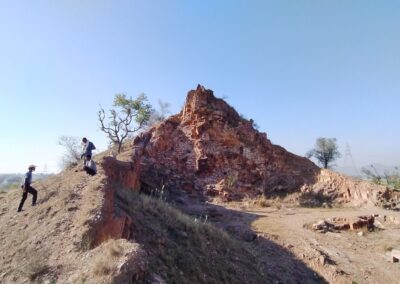
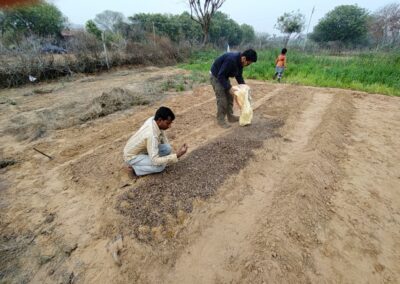
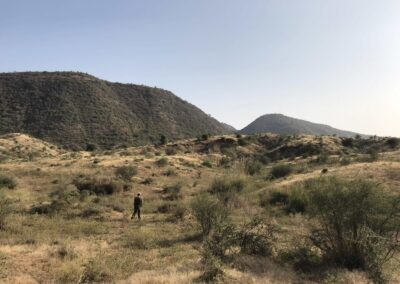



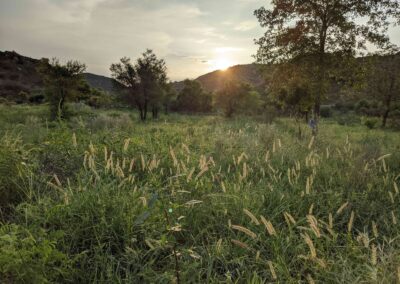
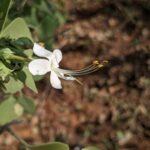

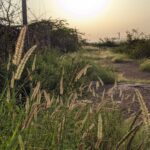

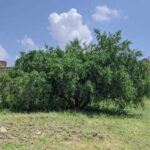

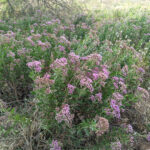
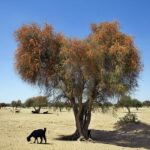

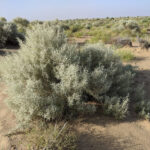
It’s very exciting to read about your project, and inspiring! Can we visit? If so, which would be the best time of the year to do so?
Please email me at fazalrashid AT gmail.com if you’d like to visit